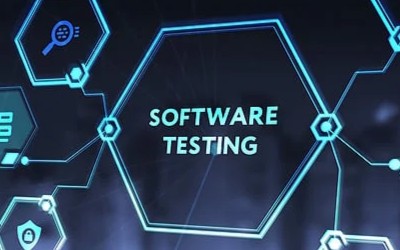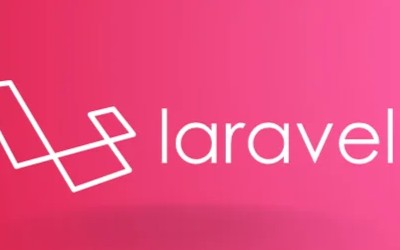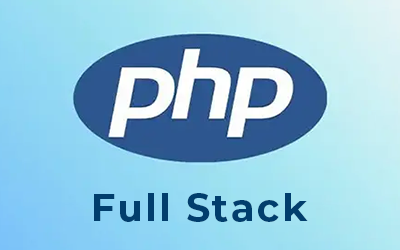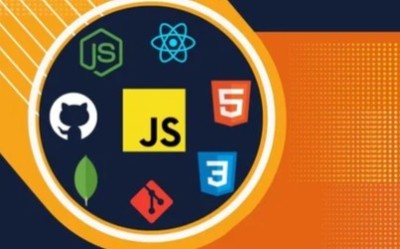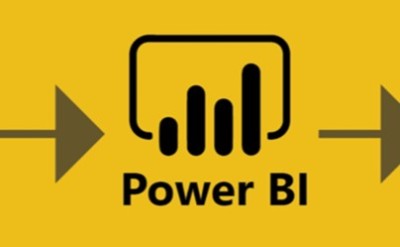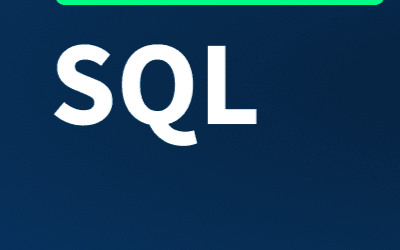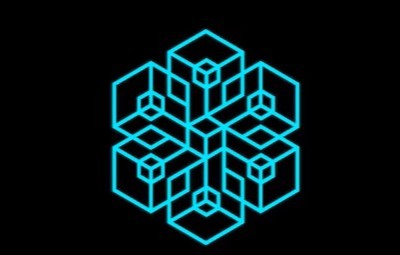Highlights:- Introduction to Cloud Computing: Understand the core principles, models, and benefits of cloudcomputing. - Cloud Service Models: Learn about different service models including IaaS, PaaS,...
Highlights:
- Introduction to Cloud Computing: Understand the core principles, models, and benefits of cloudcomputing. - Cloud Service Models: Learn about different service models including IaaS, PaaS, and SaaS. - Cloud Deployment Models: Explore public, private, and hybrid cloud environments. - Cloud Platforms: Gain experience with popular cloud platforms like AWS, Microsoft Azure, andGoogle Cloud. - Virtualization: Learn about virtual machines and containers as key technologies in cloud computing. - Cloud Security: Understand security best practices in the cloud and how to protect cloud-basedapplications and data. - Cost Management: Learn how to manage and optimize costs in the cloud environment. - Cloud DevOps: Explore cloud DevOps practices for continuous integration and deployment (CI/CD).
Course Objective:
By the end of this course, you will be able to: - Understand the core concepts of cloud computing, including its benefits and challenges. - Describe the various cloud service models (IaaS, PaaS, SaaS) and deployment models (public, private, hybrid). - Set up and manage cloud environments on popular platforms such as AWS, Azure, and GoogleCloud. - Understand the concepts of virtualization and containerization and how they are implementedinthe cloud. - Implement basic cloud security measures to protect data and applications. - Understand cloud pricing models and manage cloud costs efficiently. - Leverage DevOps tools and processes to automate the deployment of applications in the cloud.
Course Structure:
1. Introduction to Cloud Computing
- What is Cloud Computing? Key concepts and definitions. - The evolution of cloud computing: From traditional IT infrastructure to cloud-based systems. - Benefits of cloud computing: Scalability, flexibility, cost-efficiency, and more. - Cloud computing characteristics: On-demand self-service, broad network access, resource pooling, rapid elasticity, and measured service. - Overview of the cloud computing market: Key players like AWS, Microsoft Azure, Google Cloud, and others.
2. Cloud Service Models
- Infrastructure as a Service (IaaS): Understanding virtualized computing resources like virtual
machines and storage.
- Platform as a Service (PaaS): Developing and deploying applications without worrying about
infrastructure management. - Software as a Service (SaaS): Using software applications hosted on the cloud, such as Gmail, Salesforce, and Microsoft 365. - Comparison of the three service models and when to use each.
3. Cloud Deployment Models
- Public Cloud: Cloud resources owned and operated by a third-party provider and made availableto the public. - Private Cloud: Cloud resources used exclusively by a single organization, often hosted on-premisesor by a third-party provider. - Hybrid Cloud: Combining both private and public clouds to provide a mix of on-premises andcloud resources. - Choosing the right cloud deployment model for your organization’s needs
4. Virtualization and Containers
- Introduction to virtualization: Creating virtual machines to run different operating systems onasingle physical machine. - Hypervisors: Types of hypervisors (Type 1 vs. Type 2) and their role in virtualization. - Containers: What are containers, and how do they differ from virtual machines?
- Docker: Introduction to Docker, containerization, and how to deploy containerized applications. - Kubernetes: Managing containers at scale with Kubernetes for orchestration.
5. Cloud Platforms Overview
- Amazon Web Services (AWS): Introduction to AWS and its core services like EC2, S3, RDS, andLambda. - Microsoft Azure: Overview of Azure’s services, including Azure Virtual Machines, Blob Storage, and Azure Functions.
- Google Cloud Platform (GCP): Introduction to GCP services such as Compute Engine, CloudStorage, and BigQuery. - Comparing cloud platforms: Key features, pricing, and use cases of AWS, Azure, and GCP
6. Cloud Security
- Key security concerns in the cloud: Data breaches, loss of control, and compliance. - Shared Responsibility Model: Understanding the division of responsibility between cloud
providers and customers. - Securing cloud environments: Encryption, multi-factor authentication, and identity access
management (IAM). - Cloud security best practices: Securing networks, data, and applications in the cloud. - Overview of compliance standards: GDPR, HIPAA, SOC 2, and how to maintain compliance inthecloud.
7. Cost Management and Optimization
- Understanding cloud pricing models: Pay-as-you-go, reserved instances, and spot instances. - Calculating costs in the cloud: Storage costs, compute costs, and data transfer costs. - Cost optimization strategies: Rightsizing, using auto-scaling, and leveraging cost management
tools. - Cloud cost management tools: AWS Cost Explorer, Azure Cost Management, Google CloudBilling. - Budgeting and forecasting cloud expenses for cost-effective operations.
8. Cloud DevOps and Automation
- Introduction to DevOps: The principles of continuous integration, continuous delivery (CI/CD), andautomation. - Using DevOps tools in the cloud: Jenkins, GitLab CI, AWS CodePipeline, and Azure DevOps. - Infrastructure as Code (IaC): Automating infrastructure provisioning using tools like TerraformandAWS CloudFormation.
- Continuous Monitoring and Logging: Using tools like AWS CloudWatch, Azure Monitor, andGoogleStackdriver for monitoring cloud applications. - Automating deployments: Leveraging cloud-native services like AWS Elastic Beanstalk, AzureAppServices, and Google App Engine for automated app deployment.
9. Capstone Project: Deploying a Cloud-Based Application
- Design and deploy a scalable application using cloud services. - Implement the application using cloud computing principles, such as elasticity and resourcemanagement. - Set up a secure, cost-efficient cloud environment. - Automate the application’s deployment using DevOps tools. - Optimize the application’s performance and cost using cloud management tools
Learning Methodology:
- Interactive Lessons: Learn through a combination of theoretical lessons and hands-on practical labs. - Cloud Platform Labs: Work with AWS, Azure, or Google Cloud to apply learned concepts in real- world environments. - Assessments and Quizzes: Reinforce learning through quizzes, assignments, and assessments. - Live Sessions: Participate in live Q&A sessions and get guidance from instructors on cloud concepts. - Discussion Forums: Collaborate with peers, ask questions, and discuss solutions in dedicatedforums.
Who Should Enroll:
- Beginners: Individuals who are new to cloud computing and want to understand the basic concepts. - IT Professionals: Network administrators, system administrators, and IT managers looking totransition to cloud technologies. - Developers: Developers who want to learn how to build and deploy applications in the cloud. - Business Owners: Entrepreneurs and business leaders interested in adopting cloud solutions tooptimize business processes.
- Students: Students studying computer science, IT, or business who want to enhance their cloudcomputing knowledge. - Cloud Enthusiasts: Individuals interested in understanding the potential of cloud computing andhow it can benefit businesses. This Cloud Computing Fundamentals course will provide you with a strong foundation in cloudtechnologies and prepare you to work with cloud platforms like AWS, Azure, and Google Cloud. Whether you’re looking to build cloud-based applications or explore cloud infrastructure, this coursewill equip you with the tools and knowledge necessary for success in the cloud computing field

